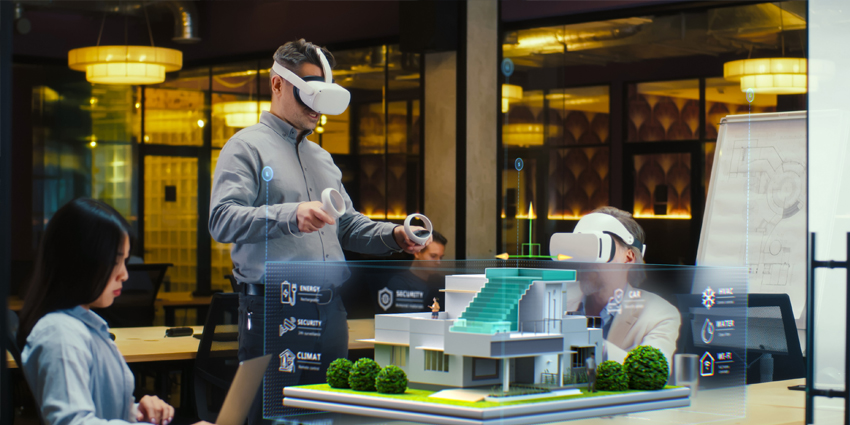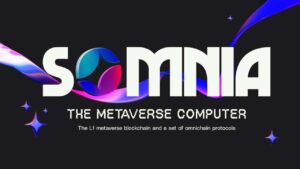Leveraging XR for Efficient Management and Collaboration of 2D/3D Data Formats
2 min read
The industrial metaverse and its related technologies, such as digital twins, shared virtual collaboration tools, and smart glasses, are poised to revolutionize business operations. These immersive tools offer real-time, interactive, persistent, 3D, and synchronous collaboration, transforming the working world.
Furthermore, the enterprise XR space is inclusive, with spatial/XR data informing a variety of end hardware types, including robotics. Vendors and technology innovators are integrating technologies like AI and blockchain to further enhance XR tools.
Technological advancements are propelling the industrial revolution forward, allowing industries to digitally solve complex problems. This breakdown of traditional barriers is bringing software agility to physical operations.
Spatial data is a valuable asset that goes beyond headsets, encompassing a wide range of end devices with significant implications. During a recent conversation on the Big XR News Show, Kevin ‘O Donovan and Jennifer Rogers discussed innovations, challenges, and considerations in the distribution of XR across industries.
Using XR to Manage and Collaborate over 2D/3D Data Formats
O Donovan highlighted the challenge of dealing with sensitive data in enterprise and industrial sectors, which often move between 2D and 3D data sets. XR can help unify and consolidate this data under software or hardware solutions. Immersive interactions with these data sets offer benefits like AR remote guidance and increased engagement in VR.
Describing the importance of collaboration and decision-making across different platforms, O Donovan emphasized the need to avoid inappropriate uses of XR technology despite its transformative potential.
Understanding and Defining XR Data Types
Rogers elaborated on the necessity for common agreements around metadata in the XR space to ensure proper coding and sharing of objects. This collaboration is crucial for enabling remote immersive communications and collaboration using AR and VR platforms.
Standardization in XR technology is essential for effective implementation in industrial settings. By defining learning object metadata and data collection practices, industry leaders can optimize XR services for real business environments.
Rogers emphasized the importance of measuring outcomes to assess the effectiveness of 3D collaboration tools compared to traditional methods. Tracking human behavior in XR environments can help companies determine the value and ROI of using such technology.
For more insights on enterprise XR, check out an extended chat with featured XR New Show panellists.
Source link
#Manage #Collaborate #2D3D #Data #Formats





